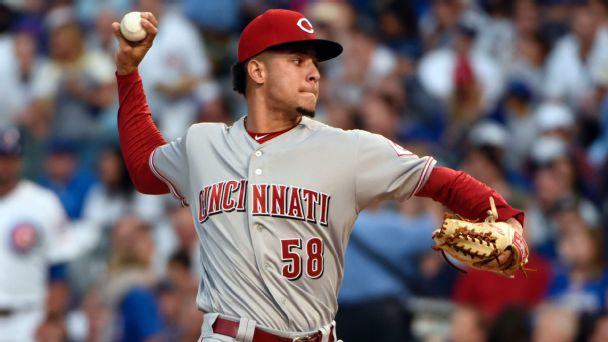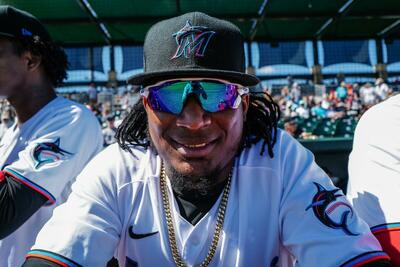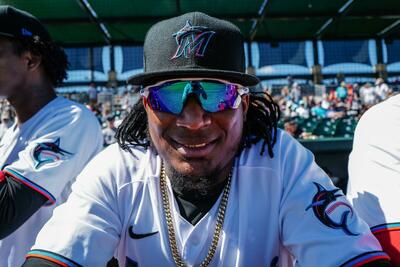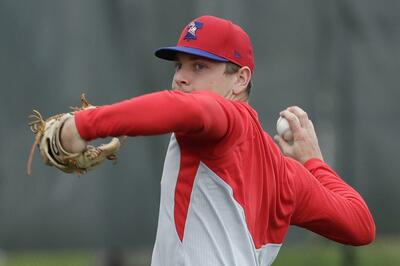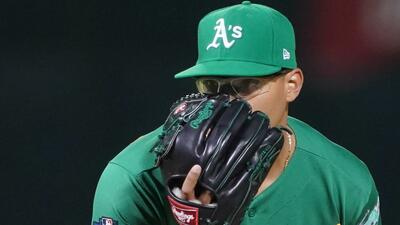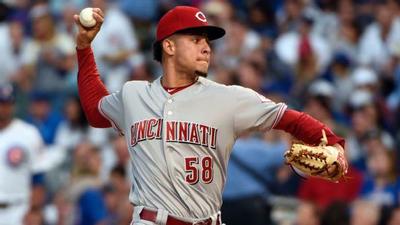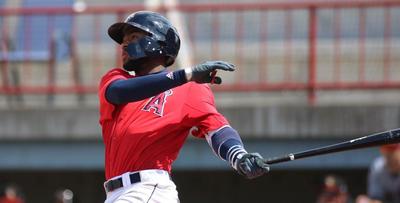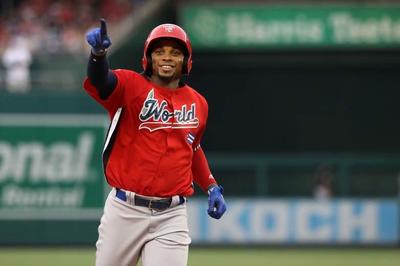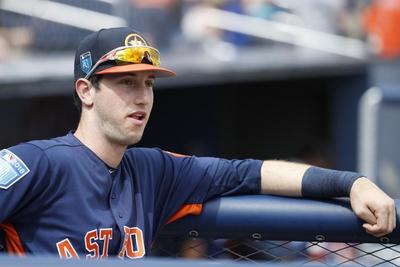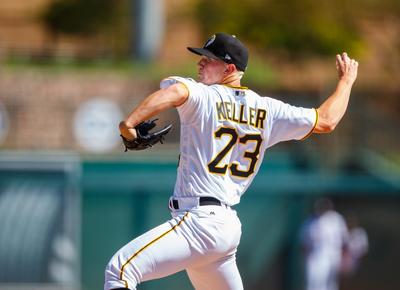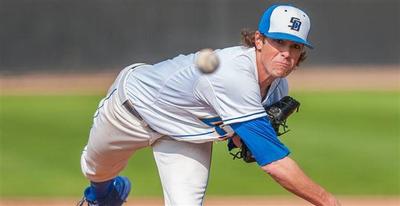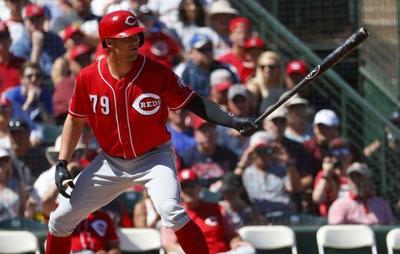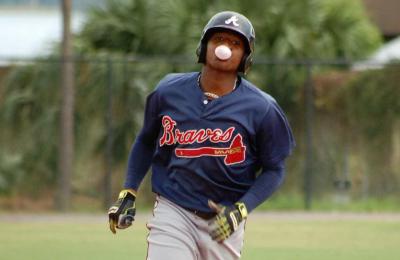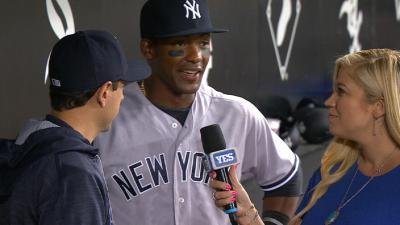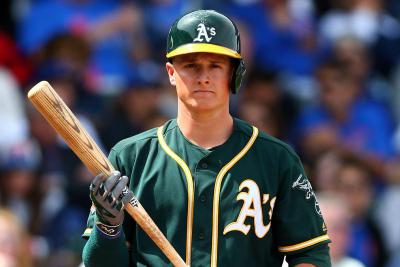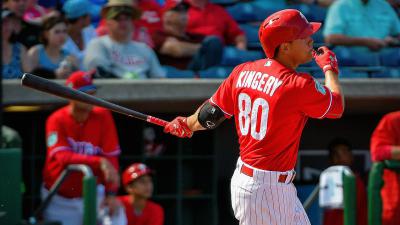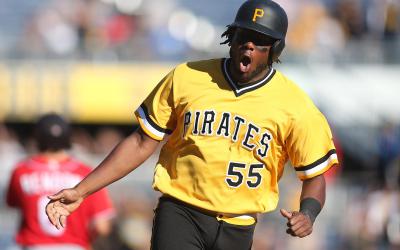"Hitting is timing and Pitching is upsetting timing." - Warren Spahn
This analysis is about deception. When we talk about splits between between a pitchers fastball and changeup, it's not about the speed of the fastball, it about the delta between the fastball and changeup. The greater the differential, the greater the deception. This delta is especially important when we are dealing with pitchers who have a fastball less than the league average of 92 MPH. The Holy Grail for this deception is when we have a split that approaches or exceeds 10 MPH. The closer a pitcher can achieve that split or exceed, the greater his deception. Case in point: Patrick Corbin has become one of the most effective pitchers in baseball, despite only averaging 90.8 MPH on his fastball. His other pitches, including his changeup, is close to 10 MPH slower than his fastball, which makes his fastball, which sits 2 MPH less than the MLB average, one of the best and effective fastballs in baseball.
This analysis will not cover the other important aspect to the FBv-CHv split, which is location. If a pitcher can't throw enough fastballs or changeups for strikes or misses in the zone, his effectiveness is obviously skewed. Other factors that may keep a pitcher from greatness includes the number of additional pitches (and effectiveness) other than the Fastball and Changeup. Additionally if a pitcher only has 2 pitches, a hitter will only have 2 pitches to look for, which will increase his odds of making contact/good contact.
It's not a surprise to see Max Scherzer on this list. Not only is he a master of his FB/CH delta (10.4). He also has above average fastball velocity, above average Slider, and an above average Curveball....making him the best pitcher in the game. I've highlighted and included notes from our player projections software on players that are intriguing this season. For reference I've also included the pitchers SwStr%, K/9, Left on Base %, ERA, and xFIP. For more on what these indicators are, visit Fangraphs.
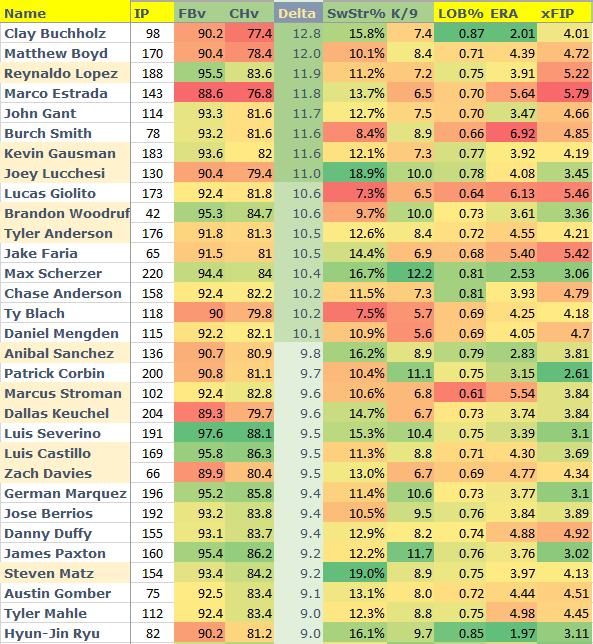

Starting Pitchers:
Lopez, Reynaldo throws easily in the
mid-90s, but his control can falter at times and he struggles with a consistent
release point. What makes Lopez intriguing is both his 95.5 MPH fastball and the
split with his changeup, which is a drop 12! The issue is that he's not selling
and locating it very well right now...At only 25, it will likely come...and when
it does... the results will be night and day here. Right now he should be
considered a flyer with big upside.
Gausman, Kevin Gausman rebounded from his poor 2017 campaign in 2018, as
his BABIP neutralized to 299 in 2018. That said he's very susceptible to balls
hit into play, as his 7.3 K/9 leaves his ERA at the whim of a few bad bounces.
Overall we did see a slight improvement in Gausman's Pitches per Inning 18 to
16.4 and his SwStr rate increased slightly from 10.9 to 11.3. All good signs if
you are hoping for an increase in the K rate in 2019.
Lucchesi, Joey Lucchessi has gone under the radar as a prospect, mainly
because his fastball is well below league average at 90.4 MPH. However, most
have overlooked his devastating changeup which sits at 79.4 MPH. A drop -11,
which is the holy grail of trickery for a pitcher. That said he's only a 2 pitch
pitcher, he uses the fastball 64% of the time and the change up 34% of the time.
The curveball, isn't sharp, and thus only used 3% of the time. If he doesn't
establish a 3rd pitch, the effectiveness of the changeup will disappear as guess
hitters will clobber his ERA, and last year we saw him post a 20% HR/FB
rate...which is the direct result of a hitter guessing correctly. Trend
cautiously here, as we are likely looking at a pitcher who's WHIP and ERA will
not correlate.
Woodruff, Brandon Former B grade prospect, flourished in primarily a
relief role last a season 3.61 ERA|1.18 WHIP. In 9 relief appearances in the 2nd
half, he posted a 12.7% SwStr rate and 11.8 K/9. Has above average fastball
95.3, which occasionally touches 97-98, and the holy grail drop in change up
speed (drop 10.5). This along with a heavy 53% groundball rate, makes him an
intriguing fantasy target in 2019.
Anderson, Tyler Anderson achieved the magical 10+ split in MPH between
his fastball and changeup last season and his production kicked up a notch. His
12% SwStr rate is excellent, and that leads us to believe that he should be
posting K/9 rates better than 8.4 and a Strand Rate better than 70%. Our
enthusiasm is however throttled by the fact that he plays his home games in
Coors field, which fuel his higher than average 15% HR/FB rate against.
Sanchez, Anibal Sanchez did a great job last season inducing weak
contact, His Hard Hit rates dropped from 37% to only 28%, which coincided with
his abnormally low .255 BABIP. Looking into the details, it appears that he has
masterfully reduced the speed of his changeup over the years from (84.6 to 80.9
last season), creating a 10 mph split between his fastball and changeup. A pitch
he now uses 25% of the time and has become a +++ pitch for him. Then the
movement on his cutter has improved as well, which has now become a ++ pitch. At
35, can he maintain these newly recreated pitches? Or will hitters no longer
look for the fastball (38%) and tee off on him this season. Either way don't pay
for his 2018 2.83 ERA/ 1.08 WHIP as it's likely not sustainable.
Stroman, Marcus Stroman has a solid 9.6 MPH split between his fastball
and changeup. Heavy GB rates (62% last season) helps offset an slightly below
average 9% SwStr %. That said his 62% Strand rate is below his means and will
improve, so we should see a nice drop in his ERA. What really hurt Stroman was
an unlucky 326 BABIP against.
Keuchel, Dallas Was shorted 2 Wins last season based on our Expected Wins
calculation. H was unlucky with his BABIP, which should have been less than 300
based on the weaker than average hard contact against (28%). His GB % continues
to be his calling card (54%), but last year we saw a reduction in his SwStr rate
from 10.9 to 8.3. This despite his FB picking up 1 MPH, but it's his changeup
that picked up 1.2 MPH, that has reduced his holy grail split from -10.5 MPH
split to a still productive 9.6. At only 31, he's a good bet to rebound and post
better numbers in 2019.
Castillo, Luis Castillo struggled at times last season, and taking a look
at his underlying indicators, it was surprising to see. Sure there's the 96 MPH
fastball (explosive), but its the 86 MPH changeup (magical -10 split) that keeps
hitters off stride. Couple that with an even slower slider, and you have a 2nd
year pitcher who posted a 13.5 SwStr and yet only posted a 8.8 K/9 rate. Look
for that rate to go up, and his 70% strand rate to hover around 75% in 2019.
What hurt him most last season was the 17.9 HR/FB%. Very high for a pitcher that
has a higher than norm GB rate and excellent stuff. When you consider that his
Zone contact rate is only 80%, and he only posted a 2.6 BB/9, there's a lot of
mid to latter round upside in Castillo this season.
Davies, Zach Soft tosser (89 MPH fastball) that has rifled through the
minors because of his -10 Changeup. A pitch that he threw 12% of the time, but
isn't as effective as his fastball. Keeping the hitters off stride is paramount,
but heavy usage of hittable pitches can be detrimental in a hitters ballpark.
Evaluating and owning him will be akin to rostering a knuckleball pitcher. Tough
to own in a typical roto leagues as his K rate is on the low end (6.7 K/9). That
said the 17 Wins from 2017 will be very difficult to repeat as he only deserved
10 in a typical scenario. Tread cautiously here.
Matz, Steven Matz has some special attributes, starting with a 9-10 MPH
split between his fastball and changeup. A 8.9 K/9 and a 49% groundball rate.
19% Swinging Strike rate, yet a slightly above norm 8.9 K/9. Upside in K
obviously. Lots to like, but endurance has been a challenge.
Closers:
Leclerc, Jose LeClerc made huge
improvements to his control last season, posting an 11% walk rate after walking
nearly 20% of the batters he faced in his first two seasons. He's not out of the
woods yet, but if he can maintain the progress, his 62.9% contact rate allowed
is elite, as his is 17.1% swinging strike rate. His fastball is no slouch, but
his change-up is his out-pitch and the key to his success with a 21% whiff rate.
- MWaldo
Osuna, Roberto Roberto Osuna took advantage of his second chance and
succcessfully saved 12 games for the Astros in August and September. Osuna
experienced a big decrease to his strikeout rate in 2018, but with a 74% contact
rate and 14.7% swinging strike rate, there's plenty of reason to expect a
bounceback in his strikeout numbers in 2019. - MWaldo
Boxberger, Brad Brad Boxberger was signed to become the Royals closer, a
role that's tantilizing for fantasy owners to chase since dedicated closers are
becoming more rare, yet at the same time, realizing the Royals produced by 57
totals opportunities in 2018, well below the teams in the top-5 that ranged from
74-81. Boxberger has seen declines in his fastball velocity the last few
seasons, but he has adapted well and developed the effectiveness of his changeup
in 2018 to pick up some slack. - MWaldo
Minter, A.J. AJ Minter had a relatively successful rookie season until a
back injury in August caused him to change his mechanics. The result was a
signficantly lower whiff rate on both his fastball (6.35%) and slider (15.38%).
Assuming the club does not sign anyone else, Minter is penciled in as the team's
primary closer, but his leash will be relatively short as long as Arodys
Vizcaino remains healthy. Risk/reward is high here and your own risk tolerance
will dictate whether you draft Minter as a priamry contributor to your save
categories and count on him finding his mechanics. Relative to his draft
location, he possesses the most upside of the bunch. - MWaldo
Vazquez, Felipe Felipe Vazquez has the raw talent to be the best closer
in baseball with a 14.7% swinging strike rate and 72% contact rate, but he needs
to improve his consistency before being considered the best. Vazquez showed
signs of fatigue in the second half, posting strikeout rates of just 21.4% and
28.1% in Aug/Sep after managing rates of 42.2% and 45.8% in Jun/Jul. His hard
hit rate against also spiked to 42.3% versus 22.1% in the first half, but he was
saved by an unsustainable 90.9% strand rate, which masked some of the
degradation. Among active closers, only Blake Treinen and Brad Hand have thrown
more innings than Vazquez since 2016 (222.1 innings pitched). - MWaldo
Givens, Mychal The Orioles are declining to name a closer at the
beginning of Spring Trainining, so Mychal Given will need to prove himself to
win the job. Givens is easily the best right-handed reliever in the Orioles
bullpen, but they do have a few left-handers than could see save chances in the
right matchups. If it results in a committee, Givens value will take a massive
hit when considering the Orioles already will have limited save chances given
their projected wins. - MWaldo
Be sure to tune in to our show on SiriusXMFantasy radio on XM87/Sirius210 on Sunday March 24th as myself and Lou Blasi break down this list and fully analyze the players. You can also listen in on-demand via the SiriusXM app.
Helping you win your league in 2019: Fantistics Draft Advisor

